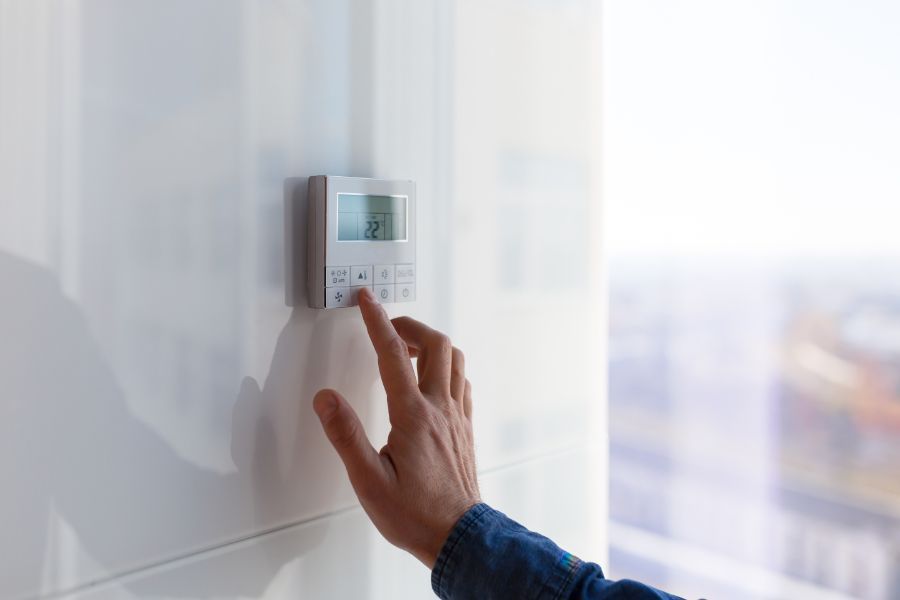Do These 3 Things To Help Tenants Stay Warm During Winter

Although Southern California’s winters are typically mild when compared to other parts of the country, tenants still value a warm home during the cooler months. Taking steps to maintain a comfortable living environment shows your tenants that their needs are being prioritized. This is crucial for tenant satisfaction, especially during the holidays.
Below are three methods to help
keep tenants warm during the winter season.
Maintain Heating System
It's required for landlords to provide rentals with a working heating system, however, it's not uncommon for these to fall into disrepair either because of lack of maintenance or negligence. Scheduling regular inspections and maintenance before the coldest weather can help to ensure the heating is reliable and efficient. Cleaning air filters, and checking for cold spots, or irregular noises can help prevent small issues from escalating into expensive repairs. Preventative maintenance can help to reduce the chances of inconvenient calls for emergency repairs. Being proactive with your maintenance can also help you protect your investment while earning goodwill from your tenant.
Another factor that can affect your heating system is drafts around windows and doors. These drafts can cause your heating system to overwork which makes the system less efficient, and reliable and ultimately reduces the lifespan of your heating system. You can address this by inspecting the seals around doors and windows for gaps or cold spots. Replace worn-out seals and caulking where it's needed.
Offer Smart Thermostats
Consider providing your tenants with a smart thermostat for energy-efficient heating. This can not only give tenants control over their comfort, but it's also a great tool to reduce energy usage. By providing this upgrade to your tenant, you show a commitment to your tenant’s satisfaction which can in turn result in a long-term tenant. These kinds of devices definitely benefit your tenants, though they can also contribute to the longevity of your rental property as well.
Additionally, you can give your tenant a smart thermostat as a
holiday gift. This can show your tenant that you’re not simply collecting rent while protecting your investment.
Reverse Ceiling Fans
The direction in which a ceiling fan rotates is oftentimes overlooked, and it can have a great effect on the temperature of a home. A ceiling fan is typically seen as a way to cool down a home during the hotter seasons without using the air conditioning. Reversing the spin of a ceiling fan can help to circulate warm air more efficiently during the cold season. This is because warm air rises, and a fan rotating clockwise will push the warm air back down helping maintain warm temperatures.
Most fans have a switch on the motor and it is easily accessible for most people with a step ladder. This easy adjustment helps reduce the need for your tenant to use the heating system. Tenants will notice a more consistent and comfortable temperature indoors. This should also help reduce costs on their energy bill. Reversing the rotation of the ceiling fans also takes some of the strain off of the heating system. This helps to ensure it operates efficiently for years by reducing the wear and tear on it.
Taking proactive steps this winter season to ensure your tenant’s comfort demonstrates a landlord’s commitment to their tenant’s comfort. A comfortable tenant is a
satisfied tenant, which can lead to a long-term tenant and steady rental income. Consider it a small investment for long-term success. If you need help keeping your rental warm or managing Beach City rental property, we invite you to call us today at (562) 888-0247 or complete our
Owner Application online.





